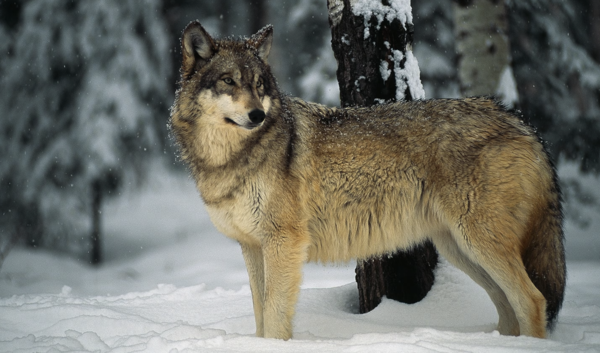The removal of an animal from the endangered species list is a significant milestone in wildlife conservation, indicating that efforts to protect a species have been successful. This article will explore notable examples of animals that have been removed from the endangered species list, the reasons for their recovery, and the importance of continued conservation efforts.
One of the most famous success stories is that of the American bald eagle (Haliaeetus leucocephalus). Once on the brink of extinction due to habitat destruction, hunting, and the effects of pesticides like DDT, the bald eagle was listed as endangered in 1978. Through concerted conservation efforts, including habitat protection and legal protections, the bald eagle population rebounded significantly. In 2007, the U.S. Fish and Wildlife Service removed the bald eagle from the endangered species list, reflecting its healthy population numbers.
Legal Protections: The Bald and Golden Eagle Protection Act and the Migratory Bird Treaty Act provided legal protections against hunting and habitat destruction.
Habitat Restoration: Conservation organizations and government agencies worked to restore and protect nesting habitats.
Public Awareness: Education and outreach programs increased public support for eagle conservation efforts.

The gray wolf (Canis lupus), once widespread across North America, faced severe population declines due to hunting, habitat loss, and conflict with livestock. By the mid-20th century, the gray wolf was nearly extinct in the contiguous United States. Following legal protections under the Endangered Species Act, targeted reintroduction efforts began in the 1990s, particularly in Yellowstone National Park and central Idaho. As a result, the gray wolf was delisted in 2011 in several states, although its status varies by region.
Reintroduction Programs: Successful reintroduction efforts in protected areas helped establish stable wolf populations.
Ecosystem Balance: The return of gray wolves has contributed to ecological balance, influencing prey populations and biodiversity.
Community Engagement: Collaboration with local communities and ranchers has helped mitigate conflicts.

The American alligator (Alligator mississippiensis) was once classified as endangered due to habitat loss and unregulated hunting. Following the implementation of conservation measures, including legal protections and sustainable management practices, the alligator population rebounded. In 1987, the U.S. Fish and Wildlife Service removed the American alligator from the endangered species list.
Legal Protections: The Alligator Protection Act regulated hunting and trade.
Sustainable Management: Managed hunting programs helped balance population control while allowing for human use.
Habitat Conservation: Wetland restoration efforts improved alligator habitats.

The Eastern California red-legged frog (Rana draytonii), once listed as threatened due to habitat loss, invasive species, and climate change, has shown signs of recovery due to conservation efforts. Habitat restoration projects and protective measures led to its delisting in 2018.
Habitat Restoration: Restoration of wetlands and riparian areas provided essential breeding habitats.
Invasive Species Management: Efforts to control invasive species improved survival rates of native frogs.
Research and Monitoring: Ongoing research helped guide conservation strategies.

The delisting of these animals demonstrates the power of effective conservation strategies and the importance of continued efforts to protect vulnerable species. Success stories encourage public support for wildlife conservation, highlight the interconnectedness of ecosystems, and promote policies that safeguard biodiversity.
Restoration Efforts Work: Successful removal from the endangered species list often results from comprehensive restoration efforts.
Legal Protections Matter: Laws and regulations play a crucial role in preventing exploitation and promoting habitat conservation.
Community Involvement is Essential: Engaging local communities fosters support and reduces human-wildlife conflict.
The removal of animals from the endangered species list serves as a testament to the power of conservation efforts. It highlights the collaborative work between government agencies, non-profits, scientists, and local communities in safeguarding biodiversity. While these success stories are promising, they also remind us of the ongoing challenges that wildlife face, emphasizing the need for continued commitment to conservation initiatives worldwide. By protecting our planet's biodiversity, we ensure a healthier environment for future generations.
animal tags: Endangered
We created this article in conjunction with AI technology, then made sure it was fact-checked and edited by a Animals Top editor.